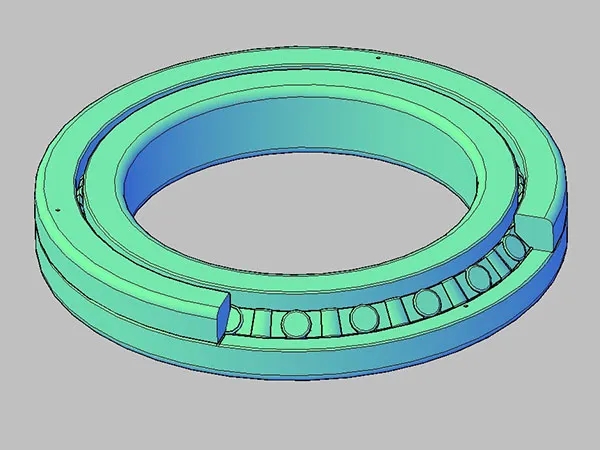Precision crossed roller bearings are at the heart of modern high-precision machinery, from robotics and CNC equipment to aerospace and medical devices. Their unique design provides exceptional rigidity and smooth rotation, but even minor vibrations can compromise performance, reduce bearing lifespan, and affect operational accuracy. For engineers and maintenance teams, understanding how to control vibration is key to maintaining efficiency and reliability.
Reducing Vibration in Precision Crossed Roller Bearings

Common Causes of Bearing Vibration
Vibration in precision crossed roller bearings can stem from several factors:
Manufacturing Variations – Tiny inconsistencies in roller or raceway geometry can create micro-vibrations during operation.
Installation Errors – Misalignment or uneven mounting surfaces can cause uneven load distribution, resulting in unwanted oscillations.
External Forces – Shock loads, uneven weight distribution, or high-speed operation can amplify vibration.
Lubrication Problems – Inadequate or improper lubrication increases friction, which intensifies vibrations and operational noise.
Effective Strategies to Reduce Vibration
1. Ensure Precision Alignment
Proper alignment between the bearing and its housing is critical. Even slight misalignment can trigger oscillations. Utilize precision alignment tools and follow manufacturer torque specifications for optimal results.
…
For more detailed information on how to minimize vibration in precision crossed roller bearings to achieve maximum efficiency, please click here:https://www.lynicebearings.com/a/blog/reducing-vibration-in-precision-crossed-roller-bearings.html

